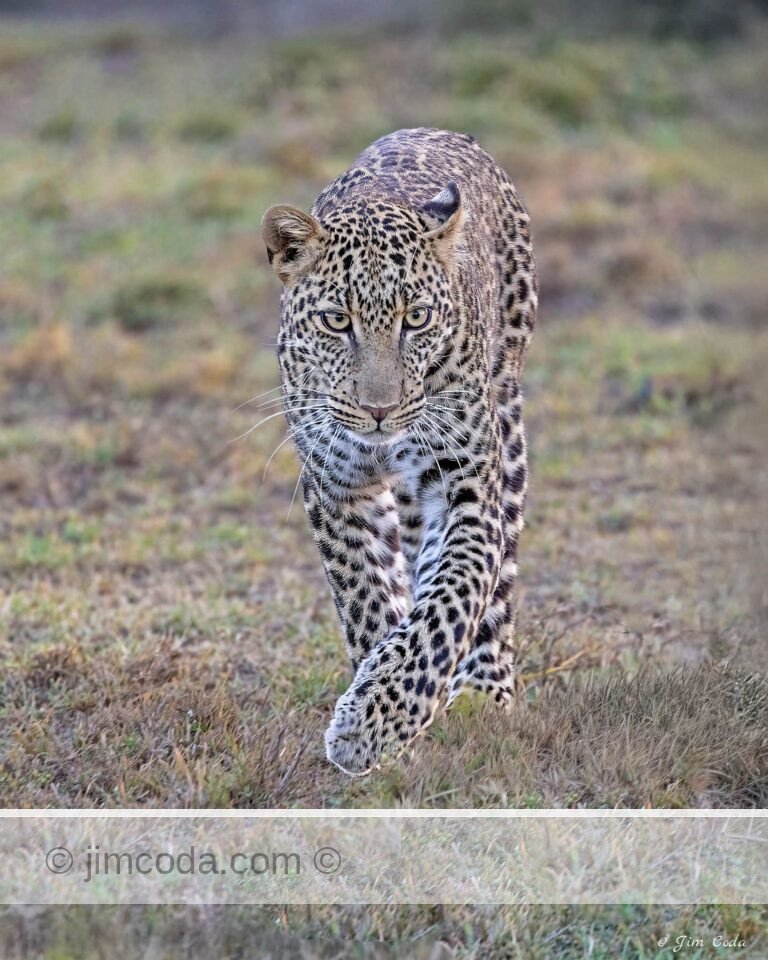
If I like a photo enough to print or post on the web one of the first things I do to get it ready for use is a color correction step to identify any color casts. Actually, I do two steps. The first step neutralizes color casts in the blacks and whites and the second does that in the middle grays. Photos taken during normal daylight hours don’t normally have much of a color cast. However, there is usually some color cast and I almost always remove it. Of course, the time around sunrise and sunset is another story. I still do the color correction steps, but rarely remove the color cast caused by the sun being low in the horizon. To get that color cast is why we get out there so early and stay out there so late. This bluebird was photographed as the sun was disappearing below the horizon. I have not removed the color cast in the above image.
I thought it would be interesting to show what this photo looks like after neutralizing the color cast caused by the setting sun. Here’s the same photo as above, but with the color cast completely removed. The photo now looks “more normal” because we usually see bluebirds in normal daylight.

There is a third photo below. It looks more like the first photo, but it isn’t the exact same image. After I did the color correction steps described above I toggled the black and white correction and the middle gray correction on and off and found that I preferred the look of the image with black and white color corrected, but with middle gray not corrected. Note how the white breast compares in all three photos. Obviously, correcting for middle gray had the most effect. Personally, I think I prefer the third image.












0 Responses
I see the western bluebird almost everyday in my feeder, and I think the middle picture looks
pretty normal, maybe its because I like the blue color which is more previlent in the 2nd picture.
Hi Charlotte,
Yes, the low sun in the first image boosted the reds and reduced the blues. The second image has midday light.
I’d have to agree with you Jim, I prefer the third image.
Thanks for the feedback Cole.